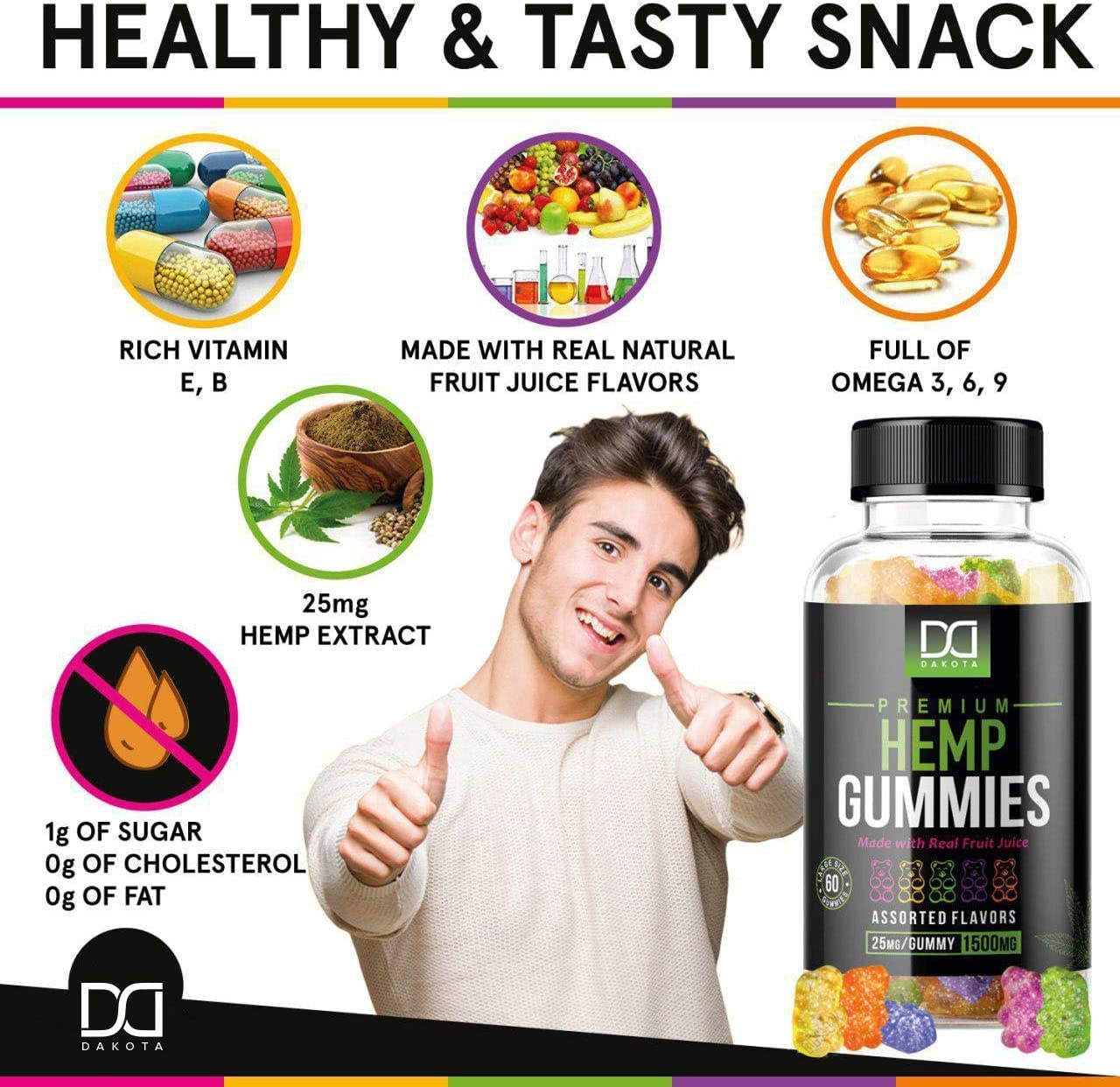There are restrictions on how companies can advertise on social media and further restrictions on more traditional forms like TV and radio. Magazines and other forms of ads can often cross state lines, being subject to different sets of restrictions.
State law doesn’t allow showing marijuana products on billboard ads in Michigan’s regulations are more permissive than most states, according to the Out of Home Advertising Association of America, which examined policies across the country.
Billboards can be effective, not for every business but they can reach people who are captive audiences while driving and help boost a business, said Joumana Kayrouz, a Michigan attorney who once set a record for the number of billboards in the state, with nearly 160 featuring her or her firm.Some of her billboards with a deep blue background pictured her and the words: “INJURED? CALL JOUMANA 866-YOUR-RIGHTS.
“I’m a big believer in billboards and advertising, you have to back that up with service and competence but it can be effective,” she said. “I’m a very visual person, I think more people are visual than auditory and this makes a good impression.”
Customers are “feeling more comfortable than ever about the presence of the category,” according to an analysis of cannabis advertising by OUTFRONT, which is second only to Lamar Advertising in the number of billboards in Michigan, according to state Department of Transportation data.
The state’s newest big industry has breathed new life into one of the oldest advertising forms, dominating the roadways with barely-veiled references to marijuana.
Berro, the Ferndale marijuana ad executive, said the strategy on billboards is changing.
The days of blanketing an area with billboards are starting to fade and it will become more targeted as cannabis companies get better data on their customers, he said.
Expect fewer and more targeted billboards as the industry matures, Berro said.
But don’t expect that the landscape will change all that fast.
Vices and billboards
There are still fundamental reasons why billboards and pot go together.
Vices are drawn to billboards.
A Duke University archive of more than 31,000 billboard ads is led by beer, whiskey, cigarettes and liquor. Coca-Cola and its assorted soft drinks is the only other company to crack the top five.
The billboard industry’s biggest blow was likely the loss of tobacco advertising in the 1990s as part of a litigation settlement sought by most states, including Michigan. With the last ride of the Marlboro Man in 1999, the loss of the smokers blew a hole in the outdoor advertising industry and it was once left nearly for dead, said Robert Kolt, a professor of practice at Michigan State University and a public relations professional.
Today, advertising on billboards is more diverse.
Companies like Amazon, Disney and Apple are big players in the air space, and ads still allow alcohol and marijuana advertising, with restrictions on targeting minors.
But the king is McDonalds, which spends more on outdoor advertising than any other company.
What works for billboards can be brand awareness, for hospitals and Rolex watches but more common are the things that are easy to get, easy to remember and easy to buy, said Kolt.
Billboards can help to differentiate a product or build brand awareness, cannabis ads may be more common than other examples since the days of tobacco but it’s a well-trod model, he said.
Public health concerns
The quick popularity of billboards for pot companies concerns some public health experts.
Ashley Gearhardt, an associate psychology professor at the University of Michigan, has studied alcohol, tobacco and fast food advertising, including work with nearly 200 teenagers to study how fast-food commercials affect their brain by encouraging unhealthy habits.
She said there is growing research showing similar patterns of teens adopting cannabis and she recommends curbing billboards, which can be seen by children and teens.
Gearhardt said the example of tobacco shows that it’s possible to keep the product legal and available but reduce the advertising that reaches children and teens.

 The Best Legal Delta 9 Near You in Park Forest North
The Best Legal Delta 9 Near You in Park Forest North 






Be the first to comment